#a witches garden
Text

ℐ𝓃𝓉𝓇𝑜𝒹𝓊𝒸𝓉𝒾𝑜𝓃 𝒯𝑜 𝒮𝒽𝒶𝒹𝑜𝓌 𝒲𝒾𝓉𝒸𝒽𝒸𝓇𝒶𝒻𝓉 ℬ𝑜𝓉𝒶𝓃𝒾𝒸𝓈 𝒫𝓇𝓉 𝟸
Aɴ Aᴜsᴛʀᴀʟɪᴀɴ Gᴜɪᴅᴇ Tᴏ Usᴇғᴜʟ Hᴇʀʙs﹐ Fʟᴏᴡᴇʀs ﹠ Oᴛʜᴇʀ Bᴏᴛᴀɴɪᴄᴀʟs.
Australian native plants are a rich source of botanical diversity, offering a multitude of herbs, shrubs, and trees that have been utilized for various purposes, from culinary and medicinal to spiritual and ritualistic. In the realm of shadow witchcraft, which is often associated with dark and mysterious practices, many native Australian plants hold a sacred and sometimes even poisonous significance. These plants are revered for their unique properties and the connections they establish between practitioners and the spirit world. Many plants, herbs, flowers and other botanicals Witches use in the Northern Hemisphere are not available in Australia- the following are commonly found throughout Australia and are respectfully used by the custodians of the land, and its sacred Elders.
One of the most iconic and potent Australian native plants associated with shadow witchcraft is the Brugmansia, commonly known as the Angel's Trumpet or Daytura. This plant contains alkaloids that can induce hallucinations and visions when ingested or inhaled. For shadow witches, Brugmansia is often used in ritualistic settings to commune with the spirit world and gain insights into the mysteries of the beyond. However, its poisonous nature makes it a plant to be handled with extreme caution.
Another plant with a deep connection to shadow witchcraft is the Duboisia hopwoodii, commonly referred to as Pitcher Plant. This carnivorous plant produces toxic compounds, including scopolamine and atropine, which can induce hallucinations and delirium when ingested. Shadow witches are known to use this plant to enhance their psychic abilities, gain insight into the hidden realms, and enter altered states of consciousness.
The Tasmanian Devil's Marbles, scientifically known as Euphorbia obesa, are a group of succulent plants native to Australia. Their peculiar appearance has led them to be associated with mysticism in the realm of shadow witchcraft. These plants are believed to contain energy that can be harnessed for protection, divination, and banishing negative influences. Ingesting any part of these plants can be toxic, making them a powerful but perilous tool in the hands of shadow witches.
The Stinking Roger, or Tagetes minuta, is another Australian native plant with a connection to shadow witchcraft. It is known for its pungent odor, which is said to repel evil spirits and negative energies. Shadow witches often use this plant as a protective herb in rituals and spells to create a barrier against malevolent forces. It is not inherently toxic but should be used cautiously due to its strong aroma.
The Sandpaper Fig, or Ficus coronata, is a bushy native Australian plant that has been associated with shadow witchcraft due to its unique texture and appearance. The leaves of this plant have a sandpaper-like texture, symbolizing the concept of "rough magic." Shadow witches may use the Sandpaper Fig in spells and rituals to manifest change, overcome obstacles, and disrupt the status quo. Ingesting the leaves is not recommended, as they may cause digestive discomfort.
The Smokebush, or Conospermum stoechadis, has significance in shadow witchcraft due to its ethereal appearance and the mystical aura it emits. Its unique, cloud-like flower clusters give it an otherworldly quality, making it a plant associated with the veiled realms. Shadow witches may use the Smokebush in spells and rituals to call upon the spirits of the departed or to enhance divinatory abilities. While not inherently toxic, it should be used with respect and care.
The mysterious Black Kangaroo Paw, or Anigozanthos manglesii, is a plant associated with shadow witchcraft due to its striking dark color and its symbolism as a gateway to the hidden realms. Shadow witches may use the Black Kangaroo Paw in rituals to explore the shadow self, work with the energies of transformation, and connect with ancestral spirits. Ingesting any part of this plant is not recommended, as it can be potentially harmful.
The Australian native Sturt's Desert Pea, or Swainsona formosa, holds a sacred place in the practices of shadow witchcraft due to its striking crimson flowers and its connection to the spirit world. This plant is believed to be a bridge between the living and the deceased. Shadow witches may use the Sturt's Desert Pea in rituals to communicate with the souls of the departed and seek guidance from the other side. While the plant itself is not poisonous, it should be used with reverence for its spiritual significance.
The Purple Loosestrife, or Lythrum salicaria, is a plant native to Australian wetlands and is linked to shadow witchcraft due to its vibrant and alluring appearance. Shadow witches may use this plant in love spells and enchantments to manipulate the emotions and desires of others. While not poisonous, it should be used with ethical considerations and an awareness of the potential consequences.
The Sundew, or Drosera spp., is a group of carnivorous plants native to Australia, known for their glistening, sticky tentacles that trap insects. Shadow witches may incorporate the Sundew in their practices to harness the energy of entrapment, binding, and control. While not poisonous to humans, these plants are fascinating symbols of the shadowy aspects of nature.
The Tasmanian Blue Gum, or Eucalyptus globulus, holds significance in the world of shadow witchcraft due to its association with protection and purification. Shadow witches may use its leaves in rituals to banish negative influences and ward off malevolent spirits. While not toxic, the essential oils from this plant should be handled with care and diluted properly.
The Blackwood, or Acacia melanoxylon, is an Australian native tree with dark wood and a deep, mystical significance in shadow witchcraft. Its timber is often associated with transformation, as it is used to craft ritual tools and sacred items. Shadow witches may seek to connect with the spirit of the Blackwood tree to channel its energies for personal growth and empowerment. While not poisonous, the tree's wood should be sustainably harvested to honor its sacred connection.
The Wollemi Pine, or Wollemia nobilis, is a rare and ancient conifer native to Australia that has a profound connection to shadow witchcraft. Its status as a living fossil and its resilience throughout history make it a symbol of hidden knowledge and endurance. Shadow witches may use the Wollemi Pine to gain insight into ancient wisdom and connect with the spirits of the past. Harvesting this tree from the wild is strongly discouraged, as it is a critically endangered species.
The Velvet Bush, or Lasiopetalum schultzei, is a native Australian shrub associated with shadow witchcraft for its velvety, dark foliage. Shadow witches may use this plant in spells and rituals to connect with the energies of mystery and transformation. While not toxic, the Velvet Bush should be used with reverence for its symbolic significance in shadow magic.
The Grey Spider Flower, or Grevillea buxifolia, is a native Australian plant with spidery, otherworldly flowers that have a mystical quality associated with shadow witchcraft. Shadow witches may use this plant in rituals to communicate with spirit guides and to tap into the secrets of the unseen realms. While not poisonous, the Grey Spider Flower should be approached with respect for its spiritual significance.
The Black Kangaroo Paw, or Anigozanthos manglesii, is a unique and striking Australian native plant that holds a special place in shadow witchcraft due to its dark color and symbolic connection to the hidden realms. Shadow witches may use the Black Kangaroo Paw in their rituals to explore the mysteries of the shadow self, facilitate transformation, and communicate with ancestral spirits. While not inherently toxic, this plant should be handled with care and respect for its sacred associations.
The Devil's Twine, or Cassytha glabella, is a parasitic plant native to Australia that has gained notoriety in shadow witchcraft due to its enigmatic growth and ethereal qualities. Shadow witches may incorporate the Devil's Twine in their spells and rituals to enhance their psychic abilities and explore the boundaries between the living and the spirit world. While not poisonous, it should be used with caution, as it is a plant that embodies both mystery and connection.
The Finger Lime, or Citrus australasica, is a small, citrus-bearing tree native to Australia, and its unique fruit is associated with shadow witchcraft for its symbolism of hidden revelations and unexpected knowledge. Shadow witches may use the Finger Lime in rituals to reveal hidden truths and access concealed information. While not toxic, the fruit should be used with intention and respect for its symbolic significance.
The Desert Bloodwood, or Corymbia opaca, is a native Australian tree with dark, gnarled bark and a connection to shadow witchcraft. Its resilience in harsh environments and its deep-rooted nature make it a symbol of inner strength and transformation. Shadow witches may use the Desert Bloodwood in rituals to access their inner power, overcome obstacles, and harness the energy of change. While not toxic, this tree should be approached with a sense of reverence for its symbolic associations.
The Australian Shepherd's Purse, or Capsella bursa-pastoris, is a plant with small, heart-shaped seedpods and is associated with shadow witchcraft for its symbolism of hidden desires and secrets. Shadow witches may use the Shepherd's Purse in spells and rituals to uncover concealed truths and tap into the realm of the subconscious. While not toxic, it should be used with a sense of intention and respect for its symbolic significance.
The Queen of the Night, or Selenicereus grandiflorus, although not native, it can be commonly found. Queen of the Night is a cactus with night-blooming, fragrant flowers that have associations with shadow witchcraft. The mysterious and ephemeral nature of these flowers makes them symbols of hidden desires and forbidden knowledge. Shadow witches may incorporate the Queen of the Night in their practices to access the hidden aspects of themselves and explore the depths of their desires. While not poisonous, the cactus should be handled with care due to its spines.
The Flannel Flower, or Actinotus helianthi, is a native Australian plant with delicate, daisy-like flowers that have connections to shadow witchcraft due to their ethereal beauty. Shadow witches may use the Flannel Flower in spells and rituals to invoke the energies of enchantment, attraction, and the hidden mysteries of nature. While not toxic, this plant should be approached with respect for its symbolic associations.
Eucalyptus, often referred to as gum trees, is an iconic Australian genus, comprising over 700 species. It has a long history of use by Indigenous Australians for medicinal purposes and forms an integral part of their cultural heritage. The leaves of many Eucalyptus species are rich in essential oils, making them valuable in the production of traditional remedies and modern pharmaceuticals. Additionally, the bark and leaves of various Eucalyptus species have been used in indigenous medicine and witchcraft practices.
Kangaroo Paw, or Anigozanthos spp, is a group of plants native to southwestern Australia and is known for its strikingly unique flowers resembling a kangaroo's paw. In Aboriginal culture, the plant holds significance due to its use in traditional medicines and rituals. Its vibrant colors and distinctive shape make it a powerful symbol in shadow witchcraft, often associated with transformation and adaptability.
Banksia, a diverse genus of shrubs and trees, is also deeply rooted in Aboriginal culture, with numerous species being used for food, medicine, and tools. The Banksia serrata, known as Old Man Banksia, is particularly noteworthy for its gnarled appearance and is associated with ancestral spirits in Aboriginal mythology. In shadow witchcraft, its seeds and woody cones are believed to possess protective qualities.
Acacia, commonly known as wattle, is a diverse genus comprising over 1,000 species in Australia. The Golden Wattle (Acacia pycnantha) is the national floral emblem and has cultural significance for Indigenous Australians. Acacia has a long history of use in both traditional medicine and magical practices, with its fragrant blooms often employed in spells related to love, purification, and psychic enhancement.
The Tasmanian Blue Gum, or Eucalyptus globulus, is a species of Eucalyptus tree known for its aromatic leaves and distinctive blue-green foliage. It is often used for spiritual and cleansing rituals in shadow witchcraft, particularly for its association with psychic insight and dream work. In some Indigenous Australian cultures, the Tasmanian Blue Gum holds significance as a source of timber, tools, and medicines.
The Black Wattle, or Acacia mearnsii, is an invasive species originally from Australia but now found in various regions around the world. It has significance in both traditional Aboriginal medicine and shadow witchcraft, where it is often used to enhance one's psychic abilities and intuitive insights.
The Waratah, or Telopea speciosissima, is a striking native shrub with brilliant red flower heads that are a source of great beauty and significance in Australian flora. It has been used in Indigenous culture for its vibrant appearance and in shadow witchcraft for its associations with love, passion, and transformation.
The Xanthorrhoea, commonly known as grass trees, are iconic Australian plants with tall, slender trunks and tufted, grass-like leaves. These plants have various uses in Aboriginal culture, from making tools and weapons to providing food. In shadow witchcraft, the resin produced by Xanthorrhoea is often used for its protective and purifying qualities.
The Snake Vine, or Hibbertia scandens, is a twining climber native to eastern Australia. It gets its name from the twisted and serpentine appearance of its stems. This plant has been associated with various magical and medicinal uses in both Indigenous and witchcraft traditions, often linked to its sinuous form and its connection to the serpent archetype including the Dreamtime Serpent and other Australian ancestral spirits and deities.
The Stinging Nettle, or Urtica incisa, is a native Australian plant known for its stinging hairs that cause discomfort when touched. In some forms of shadow witchcraft, this plant's stinging properties are harnessed for protective spells, curses, or rituals involving pain and transformation.
The Native Violet, or Viola hederacea, is a small, creeping plant with dainty violet flowers. It has cultural importance in some Aboriginal communities and is associated with protection and healing in shadow witchcraft, particularly in matters of emotional well-being.
The Pigface, or Carpobrotus spp, is a succulent plant with colorful, daisy-like flowers that are found in coastal regions. In some Indigenous cultures, the Pigface has culinary and medicinal uses. In shadow witchcraft, it is associated with protection, especially in coastal areas, and is believed to have grounding properties.
The Geraldton Wax, or Chamelaucium uncinatum, is a shrub known for its abundant pink or white flowers. It is used in shadow witchcraft for its qualities of purification and protection, often used in rituals and spells to cleanse spaces and ward off negative energies.
The Bush Tomato, or Solanum centrale, is a small fruit-bearing plant found in arid regions of Australia. It has culinary and medicinal uses in Indigenous cultures and is often associated with fertility, abundance, and nourishment in shadow witchcraft.
The Hakea, a diverse genus of shrubs and small trees, is native to Australia and has significant cultural and ecological importance. In shadow witchcraft, the Hakea is associated with resilience, adaptability, and protection, especially in the face of adversity.
The Poisonous Gimpi Gimpi, or Dendrocnide moroides/excelsa, understood to be a Kabi Kabi- a word meaning 'devil'- is notorious for its intensely painful stinging hairs, making it one of the most feared plants in Australia. In shadow witchcraft, its venomous nature is harnessed for curses and hexes, symbolizing the power to inflict pain and suffering.
The Desert Rose, or Gossypium sturtianum, is a striking, pink-flowering shrub native to arid regions. It is used in shadow witchcraft for its associations with transformation, resilience, and blooming in harsh conditions.
The Sturt's Desert Rose, or Gossypium sturtianum, is a hardy shrub native to arid regions of Australia, known for its striking pink flowers. Shadow witchcraft, is often associated with endurance, survival, and the ability to thrive in challenging environments.
The Balaustion, or Callistemon spp, is a genus of shrubs commonly referred to as bottlebrushes due to their cylindrical, brush-like flowers. It has significance in Indigenous cultures and is used in shadow witchcraft for its symbolism of cleansing, purification, and renewal.
The Blackthorn, or Bursaria spinosa, is a native Australian shrub with sharp, thorny branches and white flowers. It has been used in Indigenous medicine and holds a dark symbolism in shadow witchcraft, often associated with protection, barriers, and defensive magic.
The Fairy Fan Flower, or Scaevola spp, is a delicate, trailing plant with fan-shaped flowers. It is used in shadow witchcraft for its associations with grace, adaptability, and the whimsical world of the fae.
The Kangaroo Apple, or Solanum aviculare, is a native Australian plant with greenish-yellow fruit. It has been used in traditional medicine by Indigenous communities and is associated with transformation, shape-shifting, and altered states of consciousness in shadow witchcraft.
The Weeping Myall, or Acacia pendula, is a distinctive tree with pendulous branches and has significance in Indigenous cultures. In shadow witchcraft, it is associated with emotional release, healing, and purification.
The Yellow Alder, or Turnera ulmifolia, is a small shrub with bright yellow flowers. It has been used in Indigenous medicine and is associated with enhancing intuition and clairvoyance in shadow witchcraft.
The Tea Tree, or Leptospermum spp, is a group of evergreen shrubs and small trees known for their antibacterial and healing properties. In shadow witchcraft, the Tea Tree is often used for cleansing and protection, especially in rituals involving purification and banishing negativity.
The Silver Banksia, or Banksia marginata, is a coastal shrub with silvery leaves and cylindrical flower spikes. It is used in shadow witchcraft for its protective qualities and its ability to ward off negative energies.
The Grasstree, or Xanthorrhoea spp, is a group of slow-growing, tree-like plants with tall flower spikes. It has cultural significance in some Aboriginal communities and is associated with longevity, wisdom, and protection in shadow witchcraft.
The Emu Bush, or Eremophila spp, is a group of shrubs with colorful, tubular flowers. It has been used in Indigenous medicine and is associated with healing, transformation, and psychic abilities in shadow witchcraft.
The Dorrigo Pepper, or Tasmannia stipitata, is a native Australian shrub with small, peppery berries. It has been used in traditional Indigenous cuisine and is often associated with spicy, transformative energies in shadow witchcraft.
The Quandong, or Santalum acuminatum, is a small tree with bright red fruit. It holds culinary significance in Indigenous cultures and is used in shadow witchcraft for its associations with vitality, passion, and protection.
Australia's native herbs and plants encompass a vast and diverse botanical tapestry, with deep roots in both Indigenous culture and the realm of shadow witchcraft. The connections between these plants and their spiritual and magical attributes are rich and complex, reflecting the intricate relationship between the natural world and the human psyche in this unique and ancient land. Whether used for healing, protection, transformation, or other mystical purposes, these native Australian plants continue to play a significant role in the spiritual and cultural fabric of the continent.
Should you have any questions about any native flora in your area and what magical/spiritual qualities they hold- feel free to ask the questions and I will answer to the best of my abilities.
My qualifications are rooted in an in-depth understanding of Australian medicinal plants, their profound medicinal values, and their sacred applications within indigenous practices cherished by the ancestral people of this land. Through years of dedicated research and engagement with indigenous communities, I have acquired a comprehensive knowledge of the unique flora found across Australia and the remarkable healing properties they possess. This knowledge extends beyond mere botanical expertise; it delves into the cultural, spiritual, and traditional significance of these plants in the daily lives and sacred rituals of indigenous peoples.
In addition to my hands-on experience, I have also earned an advanced diploma in herbal medicine, which further deepens my expertise in harnessing the therapeutic potential of native Australian plants. This formal education has enabled me to apply a scientific perspective to the rich traditional wisdom I have gained from indigenous communities, bridging the gap between ancient knowledge and contemporary herbal medicine practices. It equips me with the skills necessary to analyze, extract, and prepare medicinal remedies from these plants, ensuring they are used safely and effectively.
My immersion in the indigenous communities of Australia has been a transformative and invaluable aspect of my journey. By sitting with numerous indigenous families, I have been fortunate enough to witness and participate in their sacred rituals and medicinal practices, thereby enriching my knowledge with first-hand experiences and insights. This unique opportunity has allowed me to not only learn about the medicinal properties of these plants but also understand the spiritual and cultural contexts in which they are utilized. This profound connection to the sacred land and its people has deepened my respect for their traditions and their incredible contributions to the field of herbal medicine, making me well-equipped to honor and preserve this rich heritage.
© Dʏsʜᴀɴᴋᴀ/Oᴅᴇᴛᴛᴇ ₂₀₂₃
#australian witch#native plants#herbology#Magical Properties of Australian Flora & Fauna#Witches of Australia#Magical Plants#Magical World#Shadow Magic#Shadow Witchcraft#Shadow Witchcraft in Australia#Magical Australia#Magical & Medicine Plants of Australia#The Significance of Australian Plants#Witchy herbs#Witches of the World#Shadow Witch#Indigineous Medicine#Witches of Tumblr#witches#A Witches Garden#Our Sacred Earth#The Mother Land#Ancestral Vibes#Respect Our Earth#Articles#Witchcraft Articles#Spiritual Articles#Witchy Wisdom#Medicine of Austraia#Our Plants
7 notes
·
View notes
Text
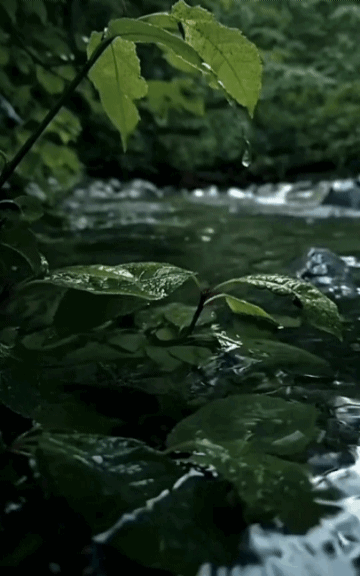



#cottage#cottagecore#landsccape#paradise#nature#adventure#explore#travel#travelling#photography#aesthetic#inspiration#motivation#cottage garden#cottage witch#landscape#flowercore#flowers#rain#curators on tumblr#photographers on tumblr#dark academia aesthetic#country cottage#mountains#lovecore#farmcore#gif#lake#beauty#grandmacore
30K notes
·
View notes
Text



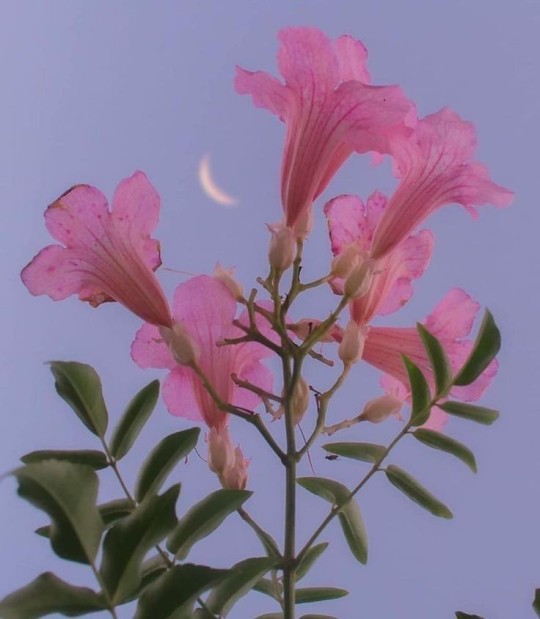
#landsccape#paradise#nature#adventure#explore#travel#travelling#aesthetic#photography#inspiration#motivation#flowercore#flowers#photographers on tumblr#dark acadamia aesthetic#cottage#cottagecore#cottage witch#cottage garden#mountains#full moon#moon#country cottage#cozycore#farmcore#flower#landscape#naturecore#desing#pretty
14K notes
·
View notes
Text
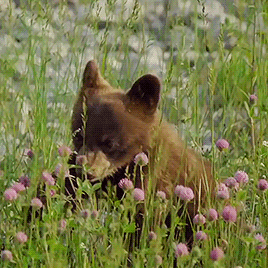

#landsccape#paradise#nature#adventure#explore#travel#travelling#naturecore#cottagecore#cottage#photography#aesthetic#landscape#flowercore#flowers#flower#cottage witch#cottage garden#country cottage#aww#cute#funny#funny memes#baby animals#cute animals#photographers on tumblr#dark acadamia aesthetic#mountains#curators on tumblr#artists on tumblr
15K notes
·
View notes
Text
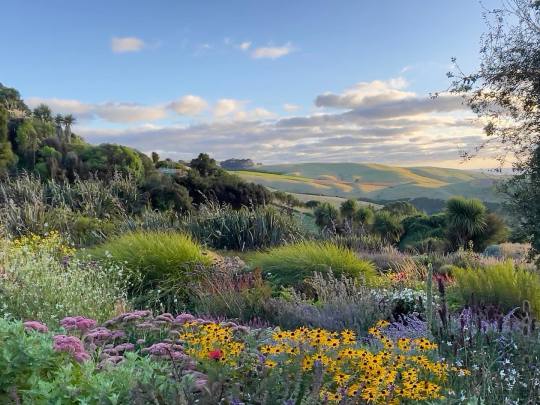


( via )
#aesthetic#cottagecore#art#ethereal#nature#cottage witch#green#faecore#artwork#grandmacore#flowercore#gardencore#lovecore#naturecore#forestcore#landscape#photography#botanical garden#curators on tumblr
71K notes
·
View notes
Text




#lake#landscape#photography#aesthetic#cottagecore#paradise#nature#adventure#explore#travel#travelling#pretty#ocean#beach#love#flowercore#flowers#naturecore#forrest#scenery#inspiration#motivation#cottage garden#cottage witch#country cottage#ai image#easter#easter sunday#ai concepts#fantasy
11K notes
·
View notes
Text
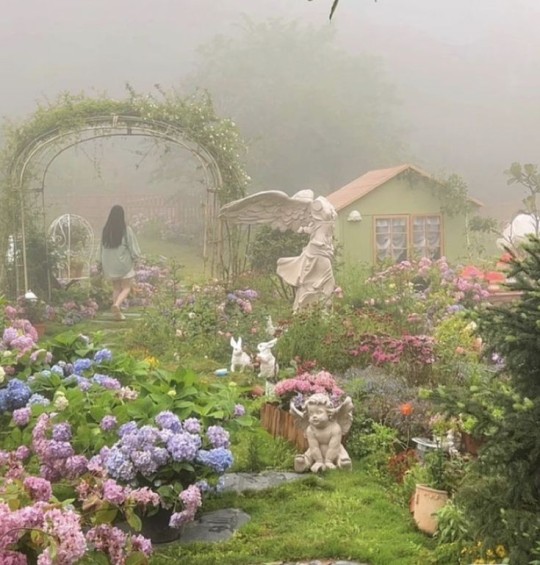

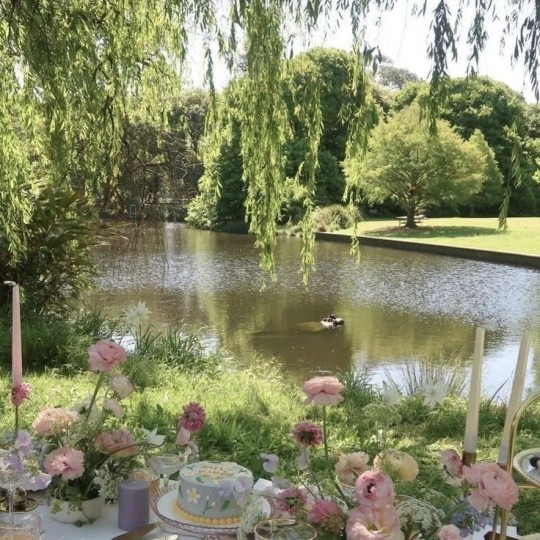



#aesthetic#cottage aesthetic#cottagecore#fairycore#nature#naturecore#cottage witch#flowers#fairy aesthetic#fairy tail#fairies#fairy tales#garden#beautiful#green aesthetic#green#life#lifestyle
9K notes
·
View notes
Text




#moodboard#aesthetic#icons#pinterest#indie#cozy#naturecore#cottagecore#cottage aesthetic#mother nature#nature#cottage style#cottage garden#cottage#cottage vibes#cozy cottage#cottage witch#plant witch#plants#flower garden#flowers#flowercore
11K notes
·
View notes
Text

so peaceful :)
Source: @arinniedalison
#cottagecore#fairy core#fairytalecore#cottage aesthetic#cozy cottage#fairycore#fairy aesthetic#cottage life#cozycore#fairy cottage#english cottage#cottage#country cottage#rustic#cottage vibes#cottage witch#cottage garden
13K notes
·
View notes
Text

#flower garden#pressed flower quotes#picking flowers#cottagecore#cottage aesthetic#fairycore#cottage life#cozycore#comfort#cozy cottage#naturecore#user box#cottagestyle#moodboard#gremlincore#cosycore#this user#warm and cosy#cottage witch#goblincore#fairy cottage#cottage living#light academia#fairy aesthetic#fairy core#cosy#anne with an e#cottage moodboard#forest cottage#cottage academia
20K notes
·
View notes
Text
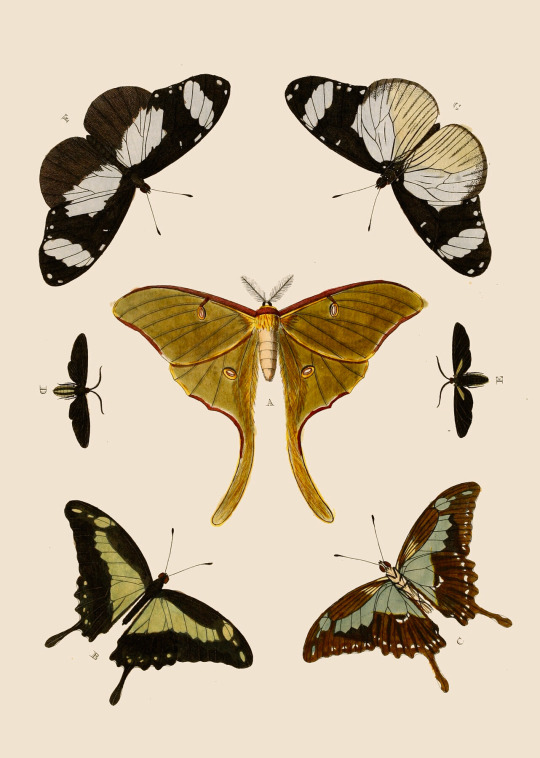
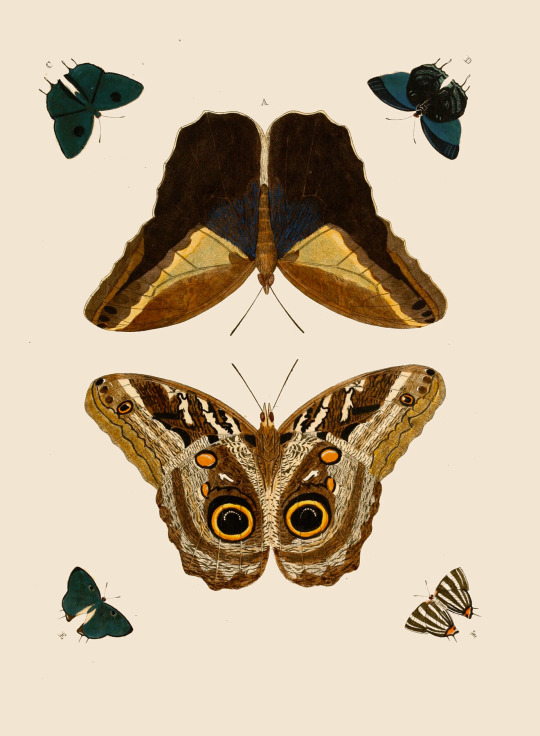

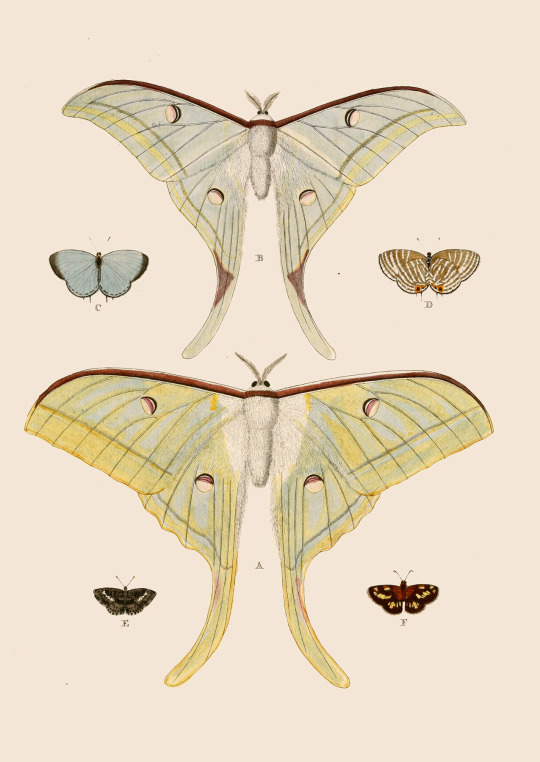




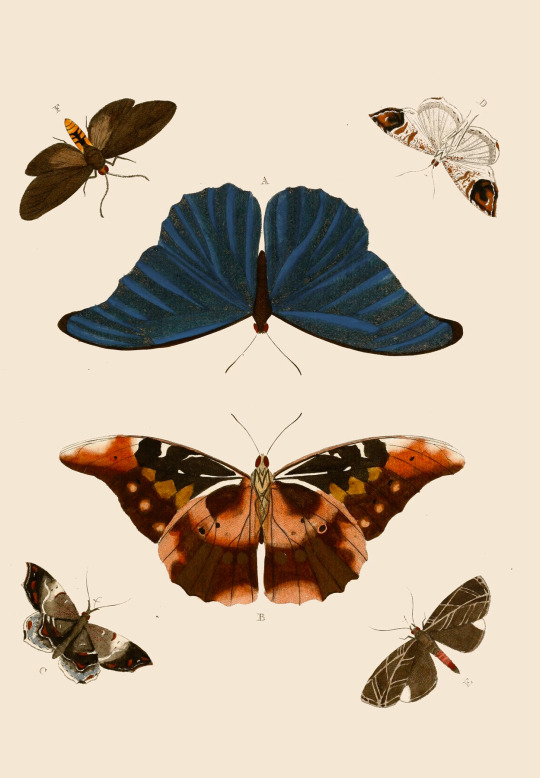
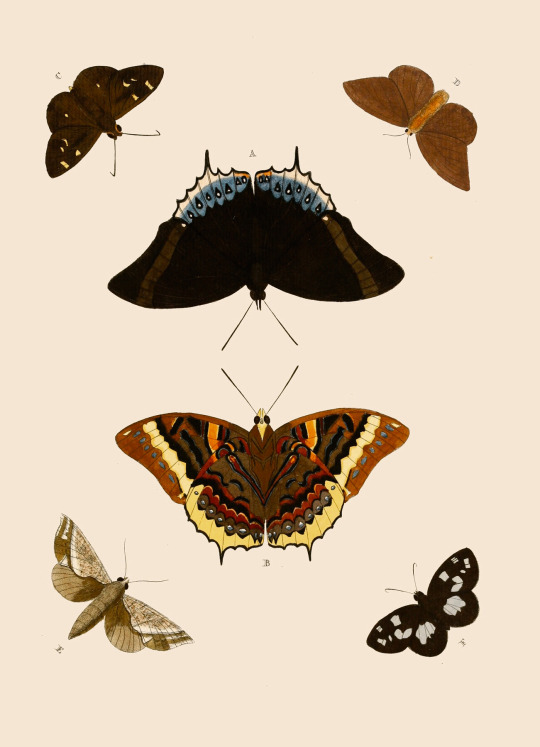
The Beauty of Moths
— by Pieter Cramer (1721–1776)
#art#art history#illustration#illustrations#moth#butterfly#moths#goth#butterflies#dark academia#gothic#cottagecore#witch#witchcore#gardencore#garden#witchyvibes#witch aesthetic#dark academia aesthetic#forestcore#forest#witchblr#artist#artists#vintage#aesthetic
9K notes
·
View notes
Text

#cozycore#cottage life#cottagecharm#cottagestyle#plants#grandma aesthetic#warmcore#countrycore#cottage garden#gardencore#trees and forests#forest cottage#forest witch#dark forest#forests#forest#forest aesthetic#forestcore#flower fields#spring flowers#flower photography#nature aesthetic#nature core#plant core#plant aesthetic#plantblr#pond aesthetic#sunrise aesthetic#soft aesthetic#softcore
11K notes
·
View notes
Text






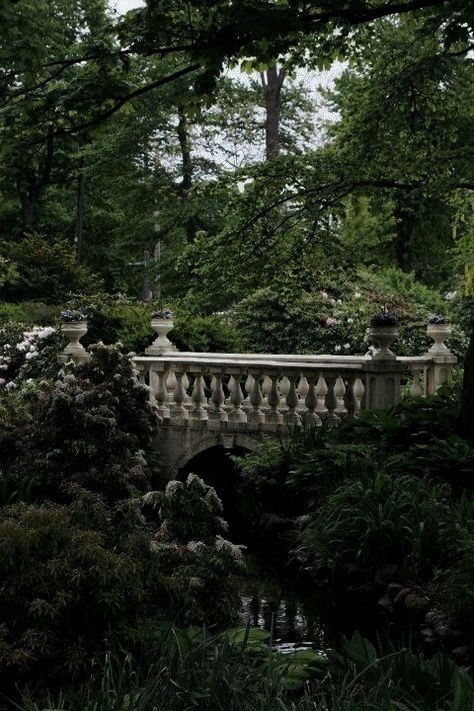


#landsccape#paradise#nature#adventure#explore#travel#travelling#inspiration#motivation#aesthetic#photography#cottagecore#naturecore#arhitecture#chaotic academia#light academia#dark academia aesthetic#photographers on tumblr#flowercore#flowers#cottage witch#cottage garden#country cottage#farmcore#curators on tumblr#lovecore#japan#mountains#landscape#beauty
14K notes
·
View notes
Text









#cottage#cottagecore#landsccape#paradise#nature#adventure#explore#travel#travelling#photography#aesthetic#cottage garden#country cottage#cottage witch#flowercore#flowers#dark acadamia aesthetic#light academic aesthetic#photographers on tumblr#mountains#illustration#artists on tumblr#curators on tumblr#landscape#chaotic academia#cozycore#lovecore#inspiration#motivation#naturecore
15K notes
·
View notes
Text

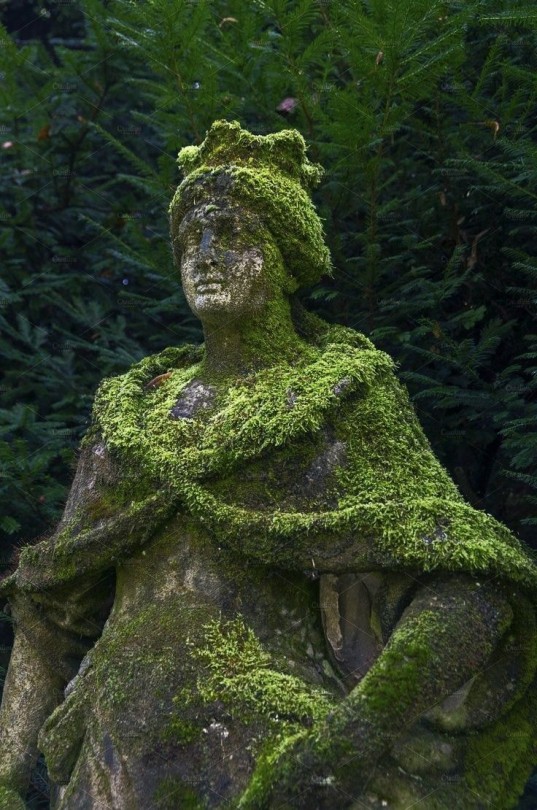







#cottage#cottagecore#landsccape#paradise#nature#adventure#explore#travel#travelling#photography#aesthetic#cottage garden#country cottage#cottage witch#flowercore#flowers#dark acadamia aesthetic#light academic aesthetic#photographers on tumblr#mountains#illustration#artists on tumblr#curators on tumblr#landscape#chaotic academia#cozycore#lovecore#inspiration#motivation#naturecore
22K notes
·
View notes
Text



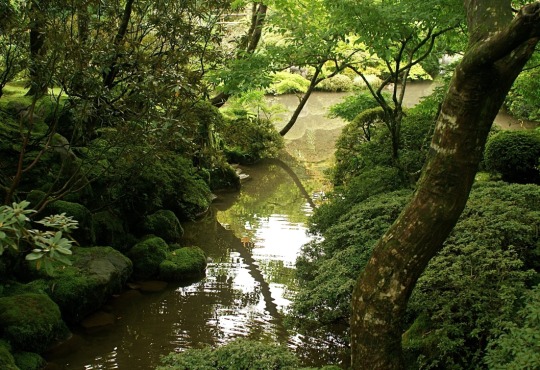
Shoyoen garden, Rinnoji Temple, Japan ( via )
#aesthetic#cottagecore#art#ethereal#nature#cottage witch#green#faecore#artwork#grandmacore#Shoyoen garden#Rinnoji Temple#japan#travel#landscape#photography#curators on tumblr#naturecore#forestcore
32K notes
·
View notes